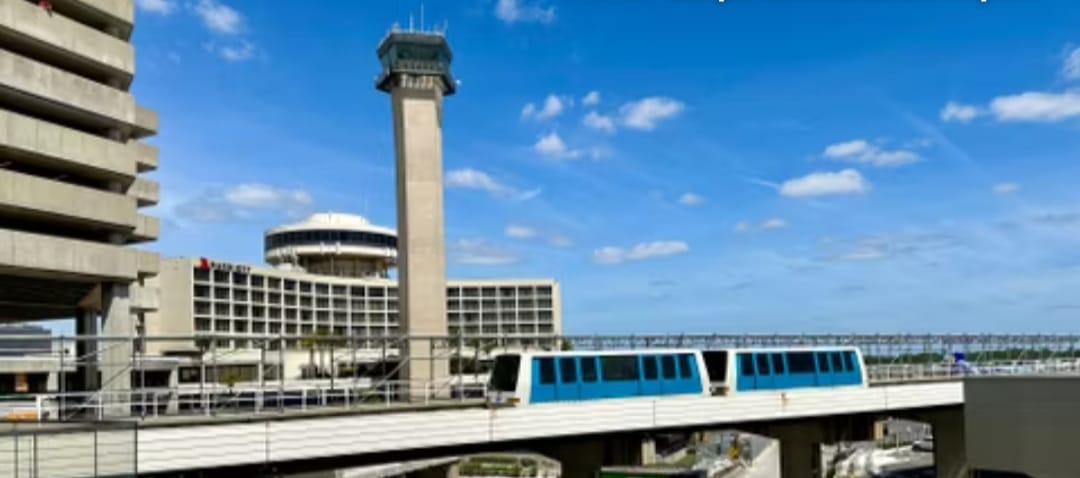Regular users of larger airports will be all too familiar with having to take some form of driverless transit to access gates that are located far away from the main terminal building. While these can still seem somewhat futuristic at times, did you know that such technology is over 50 years old? Tampa International Airport (TPA) has one of the oldest and most extensive networks of these shuttles in the world.
How did it all start?
Back in the early 1970s, Tampa International Airport made history. As the American Society of Civil Engineers notes, 1971 saw the facility become the first airport in the world to install a fully automated people mover (APM) system. Its purpose was to reduce walking distance, with this later proving a hit at other airports.
As pictured below, the first vehicles used on Tampa Airport’s APM system were examples of the Westinghouse C-100 model. These featured audio announcements from Floridian radio personality Jack Harris, and shuttled passengers from the airport’s landside terminal to its airside concourses B, C, D, and E.
These single-car models remained in service for a quarter of a century before eventually being withdrawn from use in 1996. By this point, an additional concourse, known as Airside F, had been opened, with this taking place in 1987. This demanded the construction of another APM line served by second-generation C-100 vehicles. These differed from their predecessors in that they had two cars.















